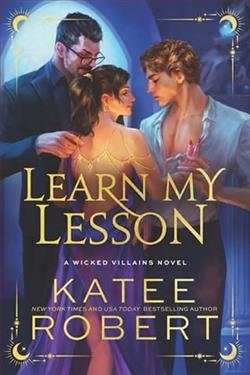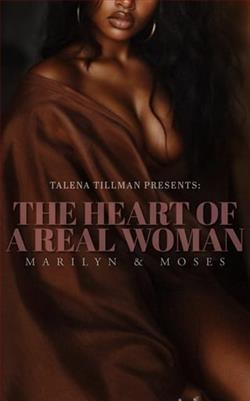Page 13 of Badlands
Nora looked more closely. “Can you give me a pair of gloves?”
Corrie offered her a pair of nitrile gloves. Nora picked up the point and examined it closely, turning the point and peering at the edges through the magnifying glass.
“It’s been lying out in the open for thousands of years,” said Nora. “It’s got a lot of desert polish from windblown sand, and the edges are seriously dulled. So, no, I don’t think it would have been used as a weapon, unless, as I said, it was attached to a shaft.” She glanced around. “And it seems that a shaft was about the only thing you didn’t collect out there.”
“Therewasno shaft,” said Corrie, defensively. “So how did it get there?”
Nora shrugged. It was a beautiful point, but she was itching to move on. “Coincidence.”
“Really?”
“Ten thousand years ago, those badlands had some bison. It’s not so strange to find something like that out here.” She laid thepoint down and Corrie—with seeming reluctance—put it back in the bag.
“What I really want to see,” Nora said, “are those rocks.”
“Which rocks?”
“The two greenish pebbles under the bones. They were in a photo. You collected those, I hope?”
Corrie sorted through the bags and finally pulled out two small stones. “Here they are.”
She placed the rounded pebbles on the examination tray. Each was about the size of a golf ball and glowed green in the bright light.
As she stared at them, Nora felt her heartbeat accelerate. They were exactly what she’d been hoping they were—what she’d ended her vacation to examine. She positioned the tray under a lens and squinted at them. She could hardly believe her eyes.
“What do you see?” Corrie asked.
“Just a moment.” Still wearing the gloves, Nora picked up the stones, one in each hand, and held them up to the light. They glowed a strange, almost ethereal greenish yellow.
“Are they anything special?” Corrie asked.
“Special!” Then Nora hesitated. She needed to make sure. “Can you do me a favor and turn off all the lights? The darker it is in here, the better.”
“Why?”
“You’ll see.”
Corrie switched off the lights. The basement lab had no windows, and the room was immediately plunged into pitch darkness.
“Watch closely,” Nora said.
She rubbed the stones together. A cascade of green lightflashed from within the stones, illuminating them for a moment like tiny emerald globes.
“What thehell?” Corrie asked.
“You can turn the lights on.”
There was the snapping on of lights, and then Nora saw Corrie standing beside the switch plate, frowning. “What was that?”
“These are lightning stones,” said Nora. “Very rare. Made from a mineral called prasiolite. I can tell what they are because each stone has hundreds of tiny scratches and divots on their facing sides from being rubbed together—as I just did now.”
“What does it mean?”
“Archaeologists believe the ancestral Pueblo Indians used them in shamanistic ceremonies in their kivas. Virtually all lightning stones are white quartz. But green was a sacred color to the prehistoric people of the Americas. It symbolized life, and greenstone items were treasured. You heard me call these rare? Well, they’re more than that. The fact is, I know of only one other pair with this coloration in existence.”
“How does it work?”
“It’s called triboluminescence, and it’s still imperfectly understood. These stones were once crystals that, over millions of years, were tumbled and worn into pebble-like shapes. Inside, they’re as clear as water. But they have a peculiar electrical quality, generating bright flashes of internal light when you rub them together.”















